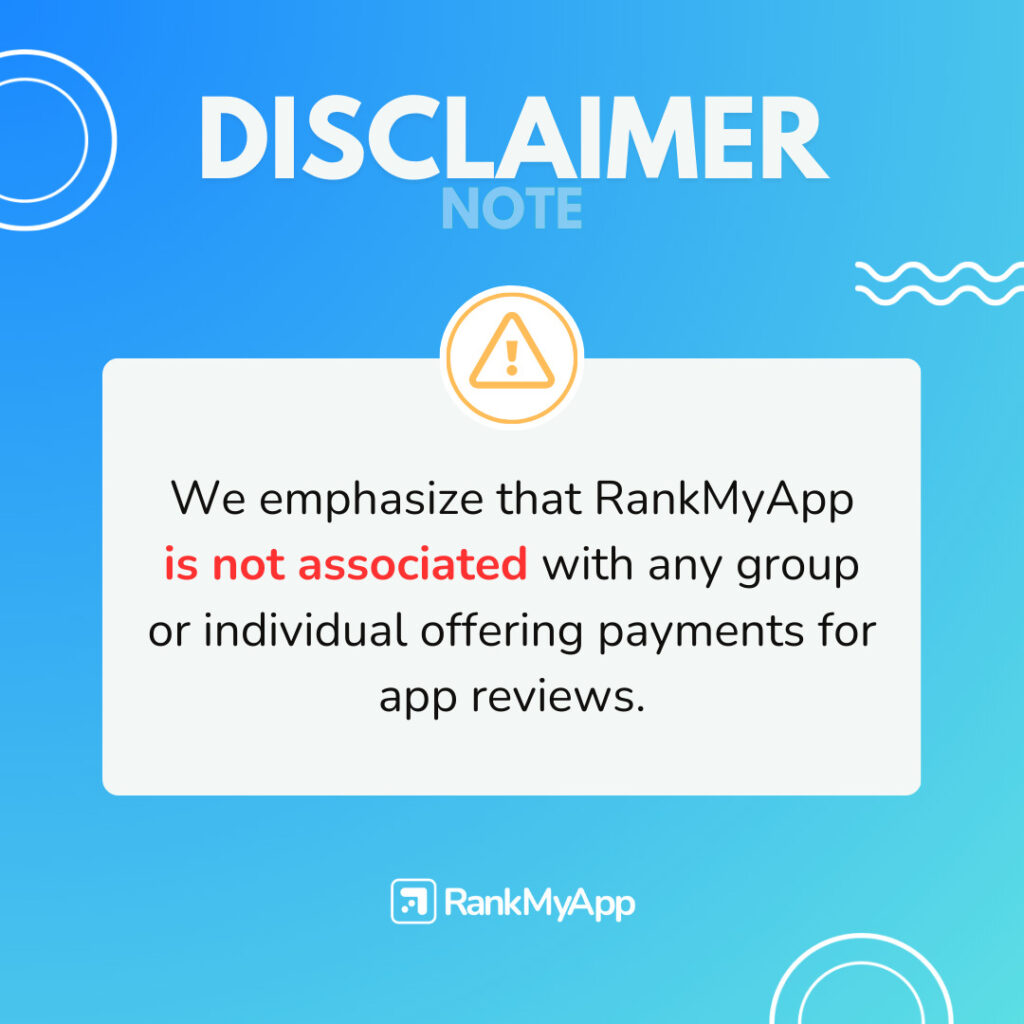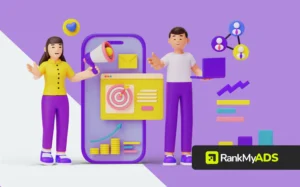Paid campaigns are a great way to expand your app’s reach and acquire more users. If you don’t know how to get started, follow the steps given below.
Define your target market
As with anything marketing related, you have to determine who you are targeting. Otherwise, you won’t know how to attract users who would be interested in your app.
If you’ve already released your app and have implemented other marketing tactics, you probably already know your target market. Still, it’s smart to review this before starting a campaign so that it’s fresh in your mind. This will keep you on the right track as you create your campaign.
Set your cost per install (CPI) goal
If you don’t have a clue what your CPI should be, start by calculating a user’s lifetime value (LTV). Once you know this, it will be easier to budget marketing costs.
Just remember, CPI should be lower than LTV. If CPI is greater, your app won’t make a profit for your business.
When trying to budget for paid marketing campaigns, it can also be helpful to predicate click-to-install rates. Check out industry standards to get an idea of what you should expect for your particular app.
If your industry indicates high rates, it might be safe to spend a little more money on paid marketing campaigns. However, if paid campaigns for your industry don’t have high click-to-install rates, you might not want to spend as much on your campaign.
Regularly monitor key performance indicators (KPIs)
Besides CPI, you need to monitor campaign conversion rates. If users aren’t converting, your current strategies aren’t working. That means it’s time to change a few tactics.
But the conversion rate isn’t the only KPI to keep track of. Your app’s retention rate is just as important. If you create a paid campaign that successfully acquires new users, but those users end up abandoning your app, your campaign might not be attracting the right users.
In that case, you should reevaluate your marketing message and tweak it so that the right users will be attracted to your app.
Choose which ad networks to work with
Here are a few different ad networks you could choose:
AdWords
If you chose this one, you will set up Universal App Campaigns (UACs). It’s a super easy process that only requires an AdWords account, CPI goal, and ad copy.
The rest is up to AdWords, which designs the ads using the copy you provide and determines which users to show the ads to.
These ads will show up on Google Search, Google Play, YouTube, Gmail, and mobile websites.
Facebook’s targeting capabilities allow you to reach users who are the best fit for your app. If you choose Facebook ads, don’t forget to install the Facebook pixel. This tool will help you perfect future campaigns.
Apple Search Ads
This option is ideal if your app tends to attract more iOS users. Keep in mind that keywords are a major factor.
Maximize success by retaining users
If you really want your paid campaigns to contribute to your app’s success, you will need to retain the users gained through those campaigns. This can be done by giving users a great onboarding experience.
Here are some tips for improving that experience:
- Make it a smooth, easy process;
- Don’t ask users for too much information,
- Make it a progressive process that gets completed over time so that users don’t have to do too much right away.
If you would like to trying using paid campaigns to acquire more users, follow the steps given in this article. And don’t forget that user retention is just as important as getting new users.
Would you like some help with your paid campaigns? Talk to a specialist today!





